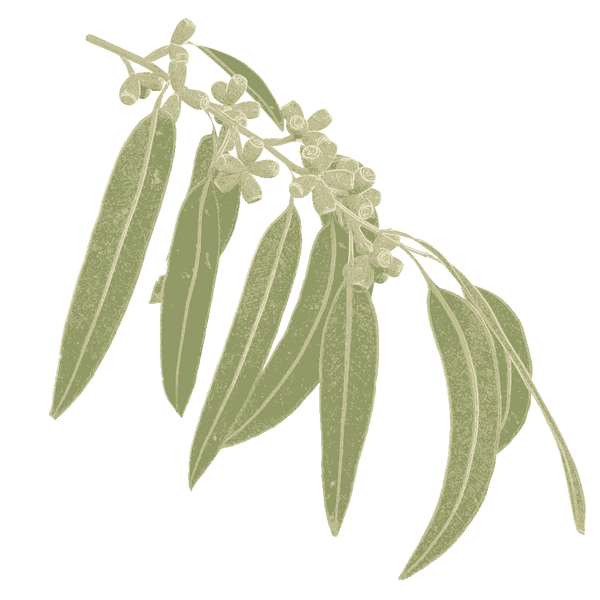At Native Seed Victoria, we know that successful ecological restoration begins with the seed — but not just any seed. It’s not enough to gather a handful of pods and hope for the best. Responsible native seed collection is a nuanced, highly skilled process, grounded in science, ethics, and ecological care. Done well, it ensures that we’re not just planting trees, but restoring functioning ecosystems that are resilient, biodiverse, and adapted to place.
In this post, we’ll explore why responsible seed collection matters, how we do it, and why it’s foundational to the future of Victorian landscapes.
Why Responsible Seed Collection Is Essential
Native seed is a finite and ecologically significant resource. In many regions, wild plant populations are already under pressure from habitat loss, invasive species, and land degradation. Removing too much seed — or harvesting without care — can severely impact plant regeneration, reduce food sources for native fauna, and weaken the long-term genetic viability of plant populations.
That’s why Australia has developed strict ethical and technical guidelines for seed collection, most notably the Florabank Guidelines, developed by the Australian Network for Plant Conservation and supported by agencies like Greening Australia and CSIRO. These are the gold standard for seed collectors across the country.
Key principles include:
-
Sustainability – Only a small percentage (generally 10–20%) of available seed should be collected from any one population in a given year.
-
Genetic Representativeness – Seeds must be collected from multiple individuals across the population, ideally covering as much of the population’s genetic variation as possible.
-
Documentation & Traceability – Accurate records of species, location (with GPS coordinates), date, and habitat information are crucial for provenance tracking.
-
Legal Compliance – Collectors must have the right permits and landholder permissions, particularly on public land.
In short, responsible collection is about ensuring that the right seed is taken, from the right place, in the right way, at the right time.
Why Genetic Diversity Matters
When it comes to revegetation, genetic diversity is the foundation of resilience.
Seed collected from a limited number of plants — or from a small geographic area — may lack the variation needed to thrive in different environmental conditions. Without genetic diversity, plantings are more vulnerable to pests, disease, poor soil conditions, and unpredictable seasonal patterns.
Maintaining high genetic diversity helps ensure that plant communities can establish successfully and persist over time. Diverse seed collections support healthy ecosystems by fostering more complex plant structures, which in turn support more insects, birds, and wildlife.
At NSV, we apply these principles by:
-
Collecting across wide, healthy population ranges to ensure broad genetic coverage
-
Prioritising seed from robust, naturally regenerating populations
-
Avoiding over-collection in vulnerable or isolated sites
Our Approach at Native Seed Victoria
We don’t see seed collection as a side task — it’s one of our core responsibilities.
At Native Seed Victoria, our team is trained in ecological botany, seed biology, and restoration science. We combine this with decades of on-ground experience across Victoria’s diverse bioregions — from basalt plains and box ironbark forests to coastal scrub and alpine foothills.
Our responsible collection practices include:
-
Thorough pre-planning: identifying healthy populations and setting collection thresholds
-
Monitoring ripening times to ensure seed maturity and viability
-
Using minimal-impact methods — such as hand-harvesting and pole collection — to protect plants, habitats, and soil structure
-
Meticulous record keeping, including species ID, location, date, collector name, and habitat notes
We also store seed in climate-controlled conditions and track provenance data to ensure transparency for land managers and project partners.
The Takeaway: Every Seed Matters
In ecological restoration, quality matters more than quantity. A bag of seed is not just a product — it's a collection of living blueprints, each with the potential to grow, evolve, and support an entire web of life.
By choosing responsibly collected seed — backed by best-practice science, transparent provenance, and rigorous ecological standards — we can ensure that today’s planting supports tomorrow’s biodiversity.
If you’re planning a restoration project or want to learn more about our seed collection services, we’d love to talk. Let’s make every seed count — for now, and for the future.
References & Resources
-
Florabank Guidelines: https://www.florabank.org.au/guidelines
-
Greening Australia – Seed Supply & Restoration: https://www.greeningaustralia.org.au
-
Australian Network for Plant Conservation: https://www.anpc.asn.au
-
CSIRO – Seed Science: https://www.csiro.au/en/about/people/business-units/land-and-water/seedbank

